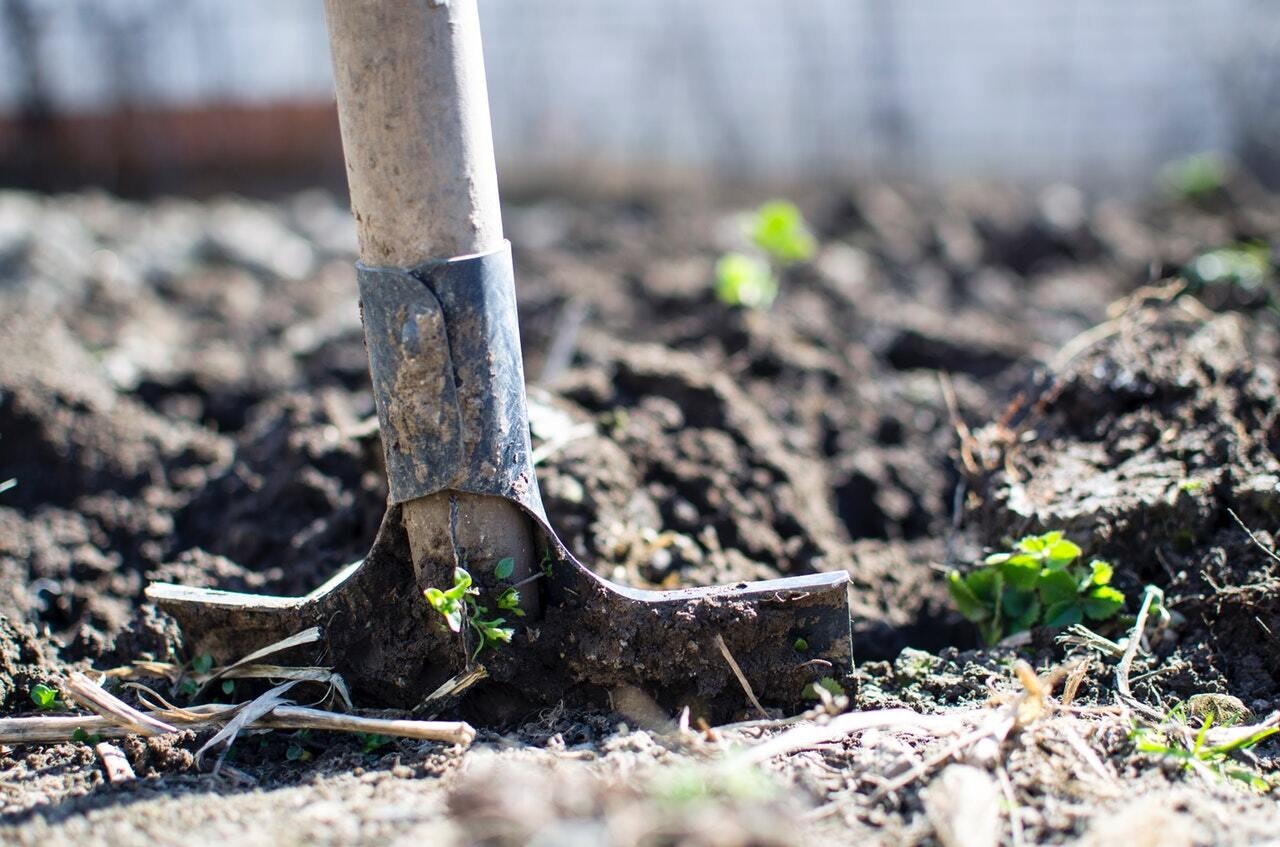More than 100,000 acres of agricultural land are without irrigation after a canal tunnel collapsed July 17 in eastern Wyoming and western Nebraska.
“The tunnel collapse shut the water off in one of our canals,” Goshen Irrigation District Manager Rob Posten said. “Right now, about 400 landowners are affected just in Goshen County.”
Approximately 52,000 acres of the affected area are in Goshen County and the rest is across the state line in Nebraska, Posten said.
John Ellis, a Goshen County commissioner, said if unchecked, the collapse could have a disastrous impact on the entire county.
“I’ve never seen a disaster close to this scale,” Ellis said. “Agriculture is Goshen County. There’s very little other businesses, and they all rely on agriculture.”
On Monday, Gov. Mark Gordon signed an emergency declaration to allow the use of state resources to help fix the collapse.
“This is a serious emergency, and we recognize addressing an issue of this magnitude will take coordination, especially because it affects so many Wyoming and Nebraska farmers,” Gordon said in a news release. “We are working with an understanding of the urgency of the situation, along with a need to proceed carefully. Wyoming is united in its effort to find the right way to help the Goshen Irrigation District get up and running.”
Created in 1926, the irrigation district was formed to contract with the federal government for water from the North Platte River. The district pays the U.S. a proportionate share of the estimated cost to operate and maintain the facilities that store the water for use, including the Pathfinder Dam and Reservoir and Guernsey Dam and Reservoir, according to the district’s website.
“We supply water to the farmers,” Posten said. “We only have two canal tunnels, and they’ve both been there 100 years. The one that collapsed was built in 1917.”
He said the collapse was not maintenance related.
The district has not yet received state resources to repair the collapse and Posten said it’s still too early to speculate what those resources might be.The repairs, however, are already underway.
“We have people that know how to fix this working on it as we speak — professionals from St. Louis, Missouri,” he said. “I don’t know the full scope of the work needed, but they will likely pump grout in around the tunnel, fill in the voids and install steel ribs to shore it up, and then try to run water through it.”
If the water is not turned back on soon, Ellis said the cost could be through the roof. Although he was not aware of an official estimate of potential damages, Ellis said he’s heard guesses between $90 million and $250 million.
From a policy making standpoint, he said the collapse would likely affect the county’s future, but determining how is a waiting game.
“We don’t know the total impact,” Ellis said. “Until we know the financial impact, it’s hard to tell what we may have to do.”
Whatever the case, Ellis said he’s proud of the way the irrigation district is handling the situation.
“The Goshen Irrigation District have done such an excellent job,” Ellis said. “They’ve left no stone unturned. They’ve done everything possible to get this thing working again.”





